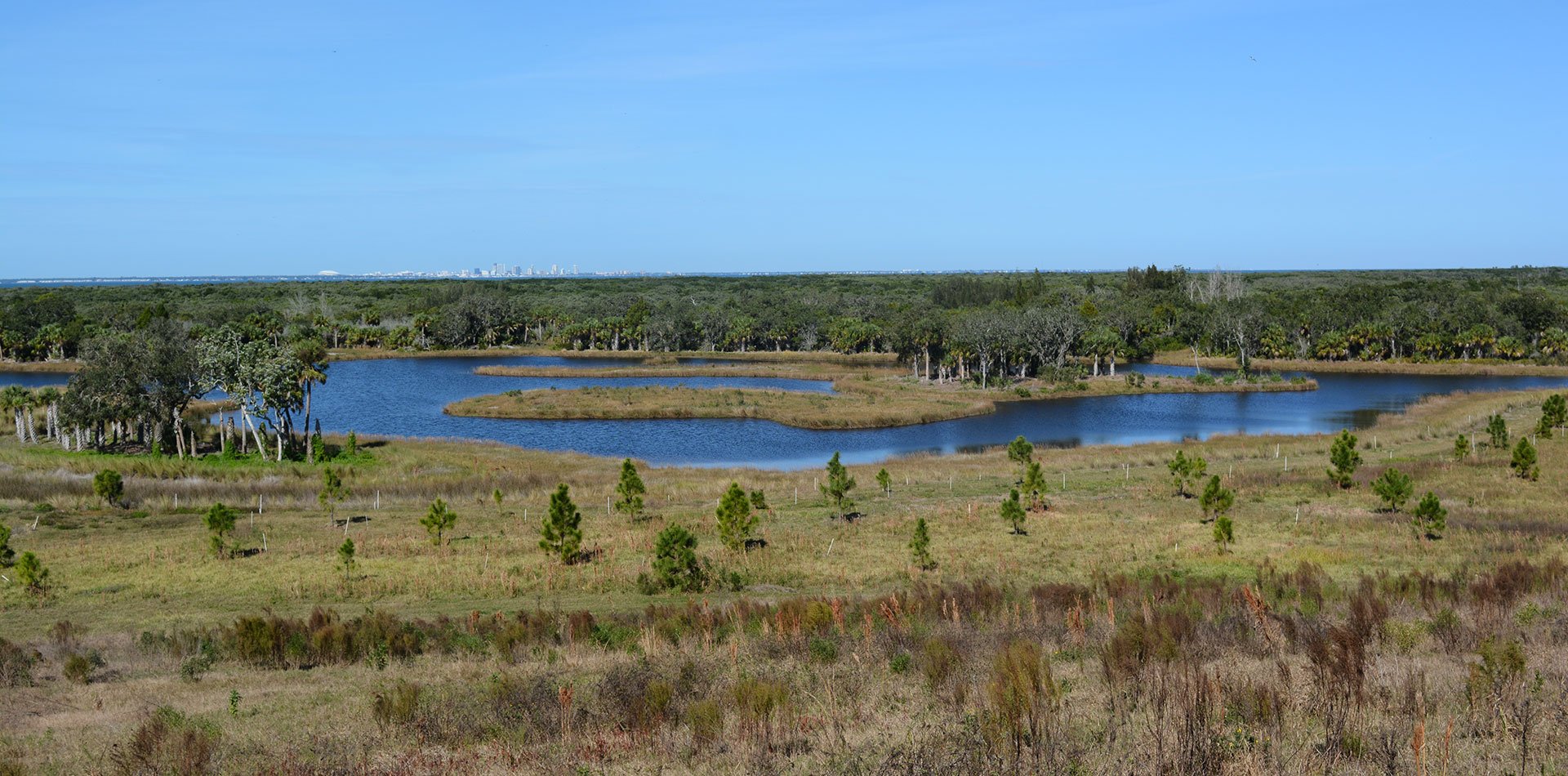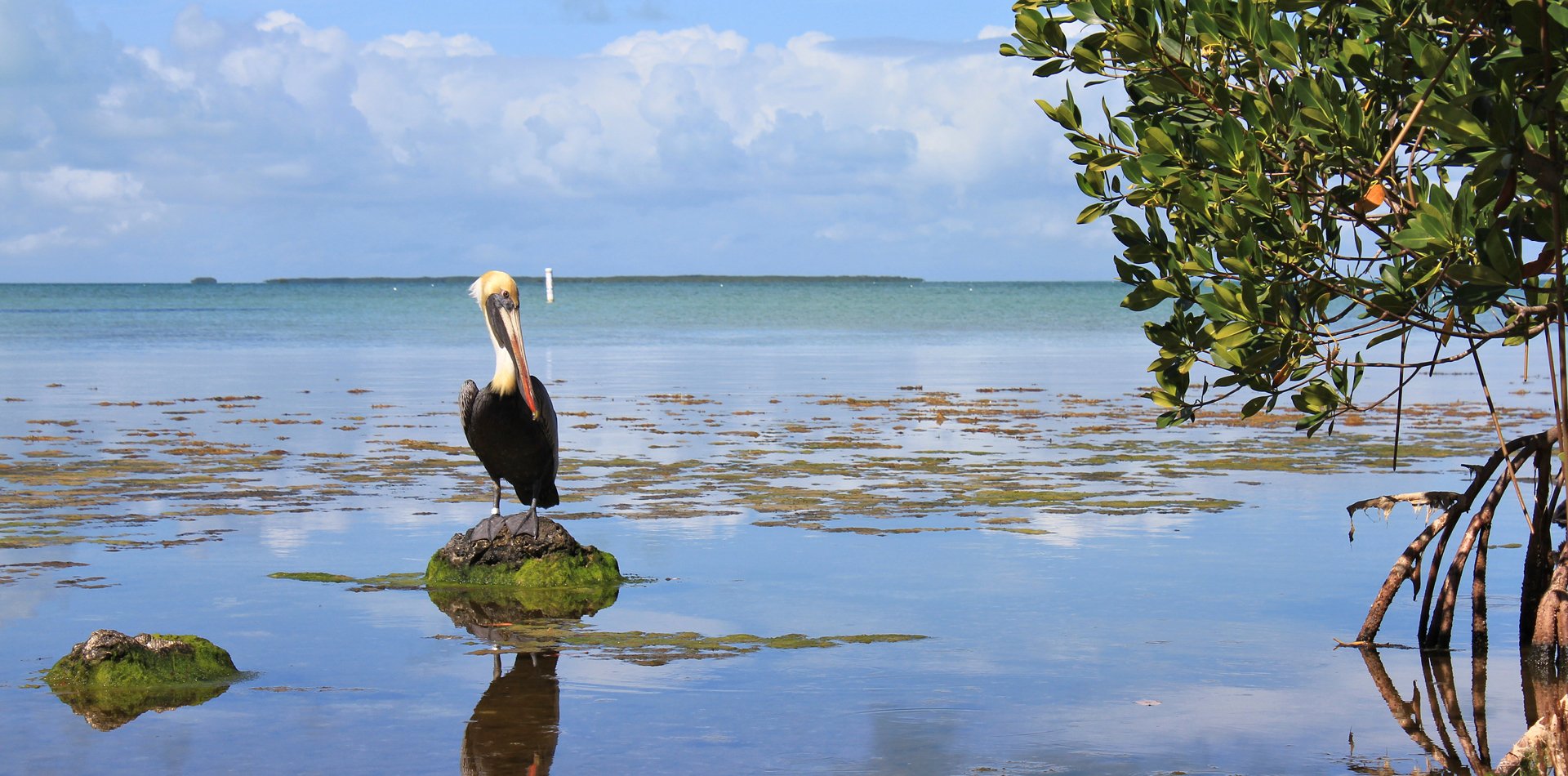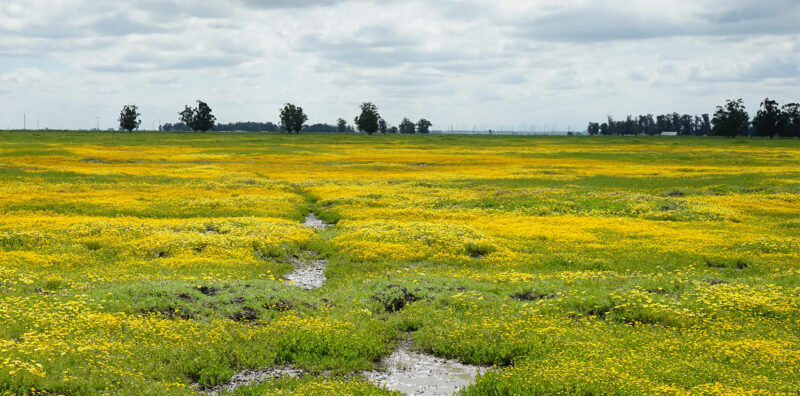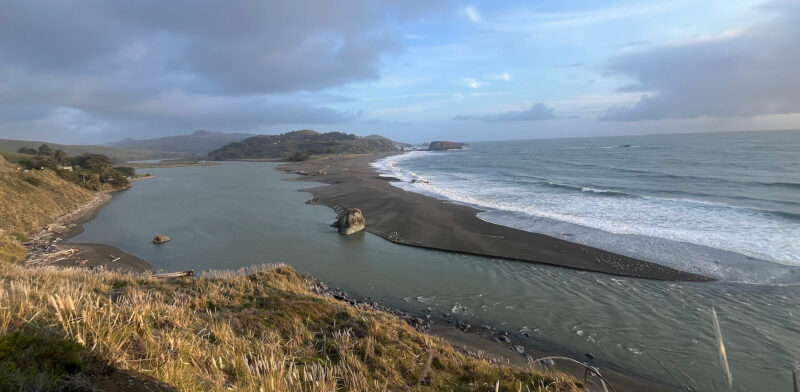To protect critical ecosystems and water supplies amid growing climate and regulatory pressures, ESA partners...
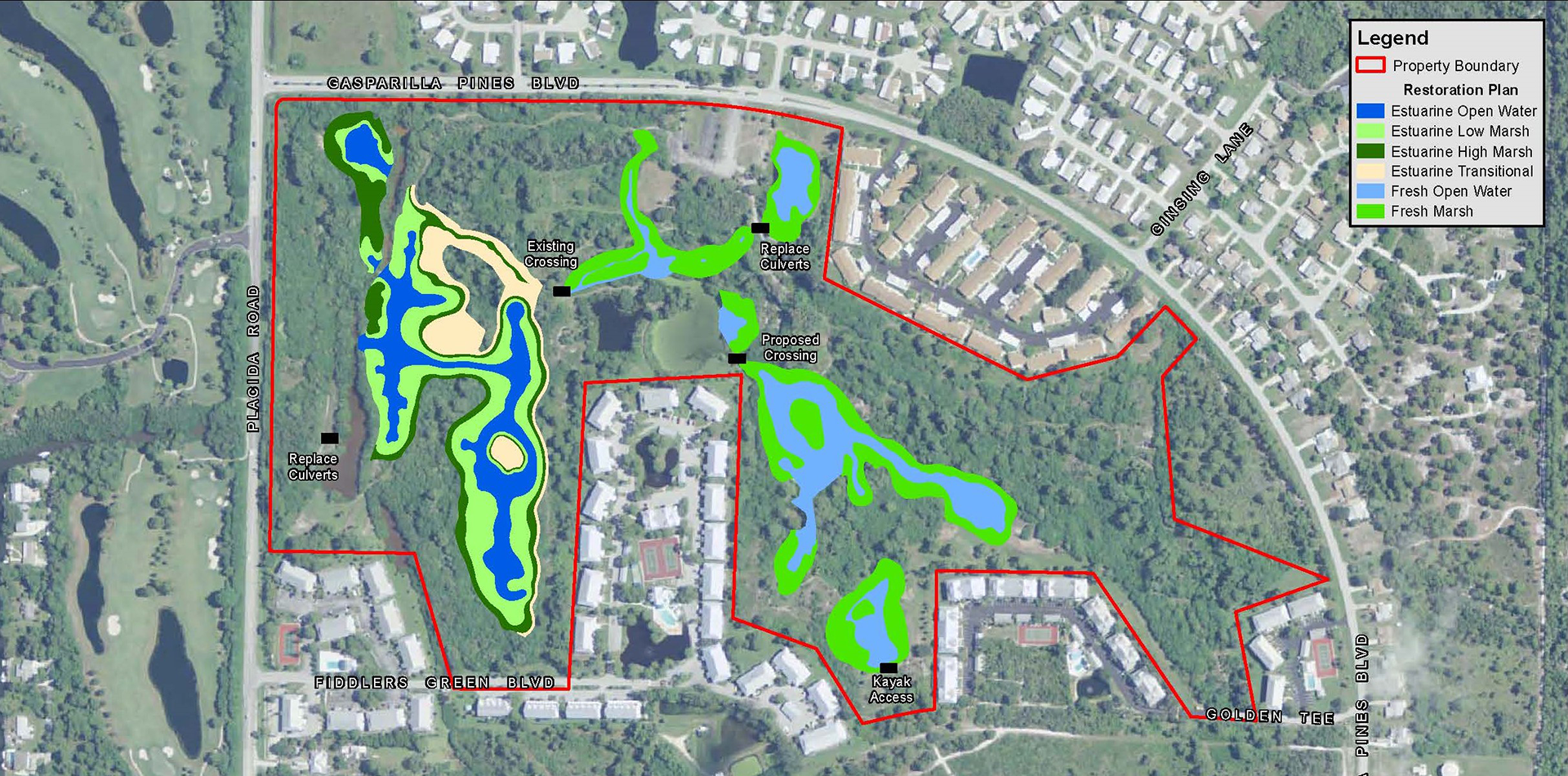
Lemon Bay Preserve Habitat Restoration
The Lemon Bay Preserve creates 8.4 acres of estuarine wetlands, doubling the size of the existing tarpon nursery area, creating 5.2 acres of freshwater wetlands, and enhancing an additional 5.3 acres of existing freshwater wetland areas.
Why does this project matter?
Abandoned since 2006 and overrun with non-native vegetation, this site’s lower elevation pond is recognized as one of the region’s most productive nurseries for tarpon. Lemon Bay Conservancy (LBC) purchased the parcel to preserve the property for tarpon spawning as well as to create a nature preserve. But the non-profit organization lacked the funds and technical expertise to proceed with the wholesale restoration of the former golf course.
What is ESA doing to help?
ESA formulated an ecosystem design plan for the restoration of an 80-acre former golf course along Lemon Bay. This included helping the Lemon Bay Conservancy secure funding from Southwest Florida Water Management District, then designing and permitting the overall site restoration plan.
ESA conducted environmental assessments, established wetland jurisdictional limits, mapped remnant existing native habitats, and developed a master plan for the entire site. The project’s primary objective was to expand the existing tarpon nursery areas, create oligohaline conditions for other recreationally important fish and avifaunal species, improve the quality of stormwater runoff entering the preserve and ultimately discharging into the bay, and create a new nature preserve for the neighborhood residents.
Details
Client Sarasota County
Location Charlotte County, Florida
Market Natural Resource Management
Services
Agency Consultation & Coordination
Biological Resources
Coastal Restoration
Coastal Zone Engineering & Management
Permitting Assistance
Restoration
Sea Level Rise and Coastal Hazards
Water Quality
Notable
This unique project will convert a former golf course into a site for fisheries habitat restoration
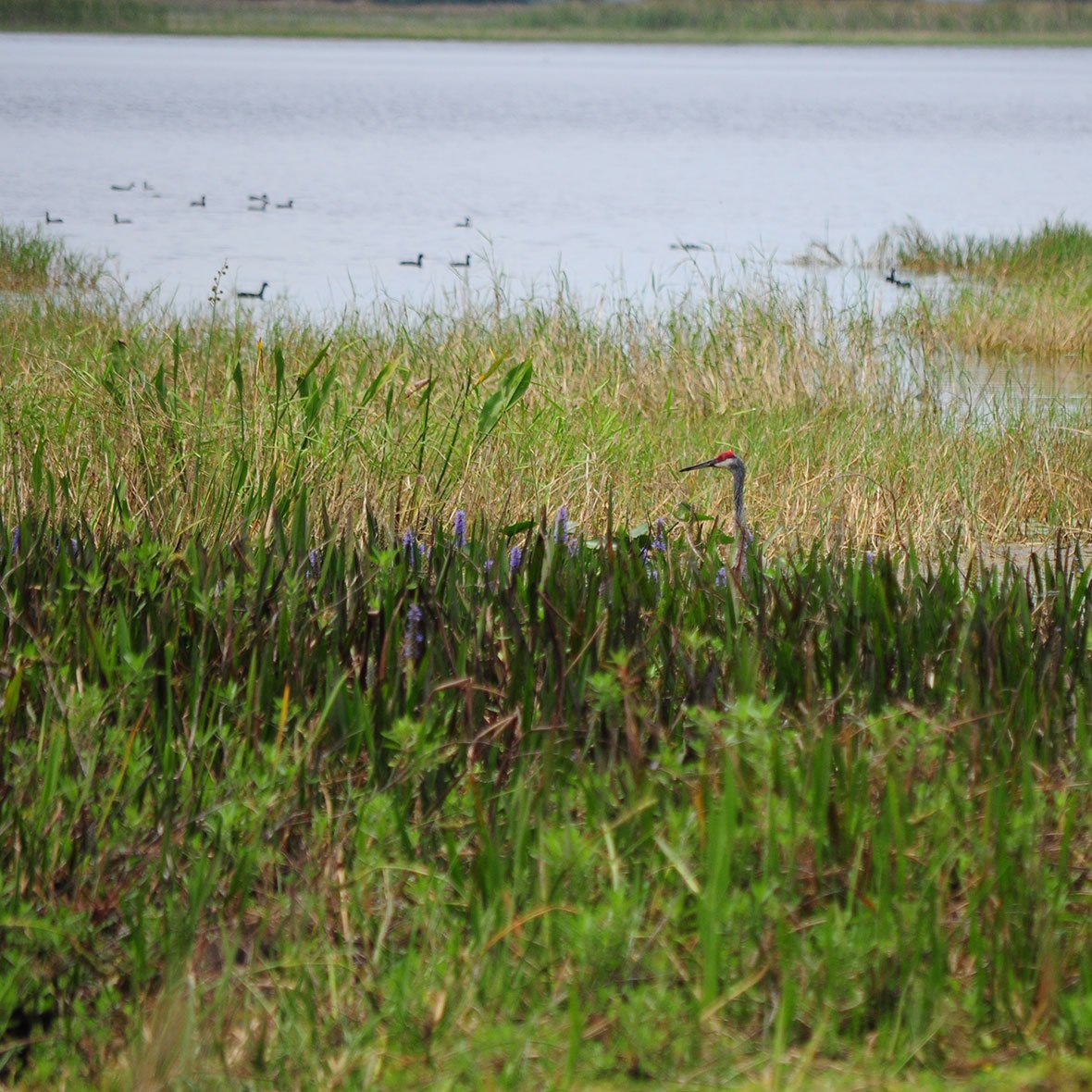
Similar Projects
News & Ideas
Just wrapped up my first Environmental Markets Conference (EMC) in Seattle last week, and wow,...
ESA is once again a proud sponsor for this year’s Environmental Markets Conference in Seattle,...
ESA is pleased to sponsor, present, and attend this year’s 42nd Annual Salmonid Restoration Conference...
ESA is excited to sponsor, present, and attend this year’s Annual Conference of the California...
Updated June 26, 2025: As announced by the U.S. Army Corps of Engineers on June...
